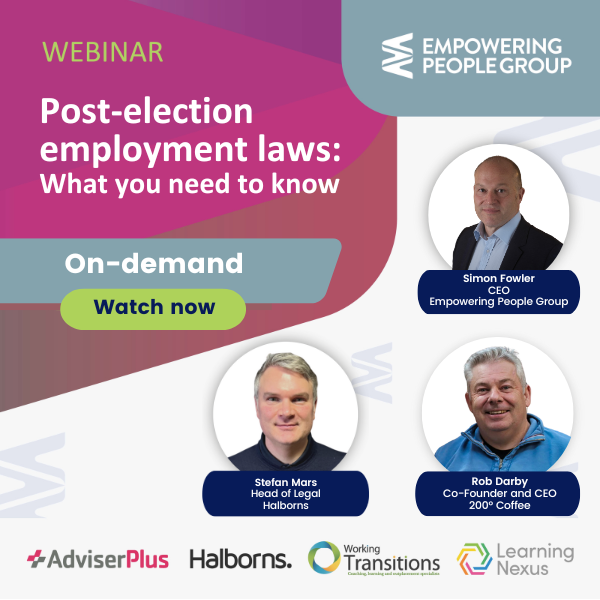Nov
09
People Pulse – would you lend your employees money?
By Halborns Limited Messages, People Pulse No CommentsPeople Pulse – would you lend your employees money?
Nov
09
People Pulse – should you be asking for volunteers?
By Halborns Limited Messages, People Pulse No CommentsPeople Pulse – should you be asking for volunteers?
Oct
24
People Pulse – consultation communication
Oct
07
People Pulse – reasons for reshaping
Oct
05
People Pulse – winter office migration?
Sep
28
People Pulse – thinking of making changes?
Sep
14
People Pulse – employees with second jobs
Recent Posts
Archives
- July 2024
- June 2024
- May 2024
- April 2024
- March 2024
- February 2024
- January 2024
- December 2023
- November 2023
- October 2023
- September 2023
- August 2023
- July 2023
- June 2023
- May 2023
- April 2023
- March 2023
- February 2023
- January 2023
- November 2022
- October 2022
- September 2022
- August 2022
- July 2022
- June 2022
- May 2022
- April 2022
- March 2022
- February 2022
- January 2022






Recent Comments